Venice turns into ‘laboratory of the future’ with 18th Architecture Biennale opening
Curator Lelsey Lokko’s theme, ‘The Laboratory of the Future’, brings passion, intensity and imagination to the Venice Architecture Biennale 2023, while placing Africa at its heart
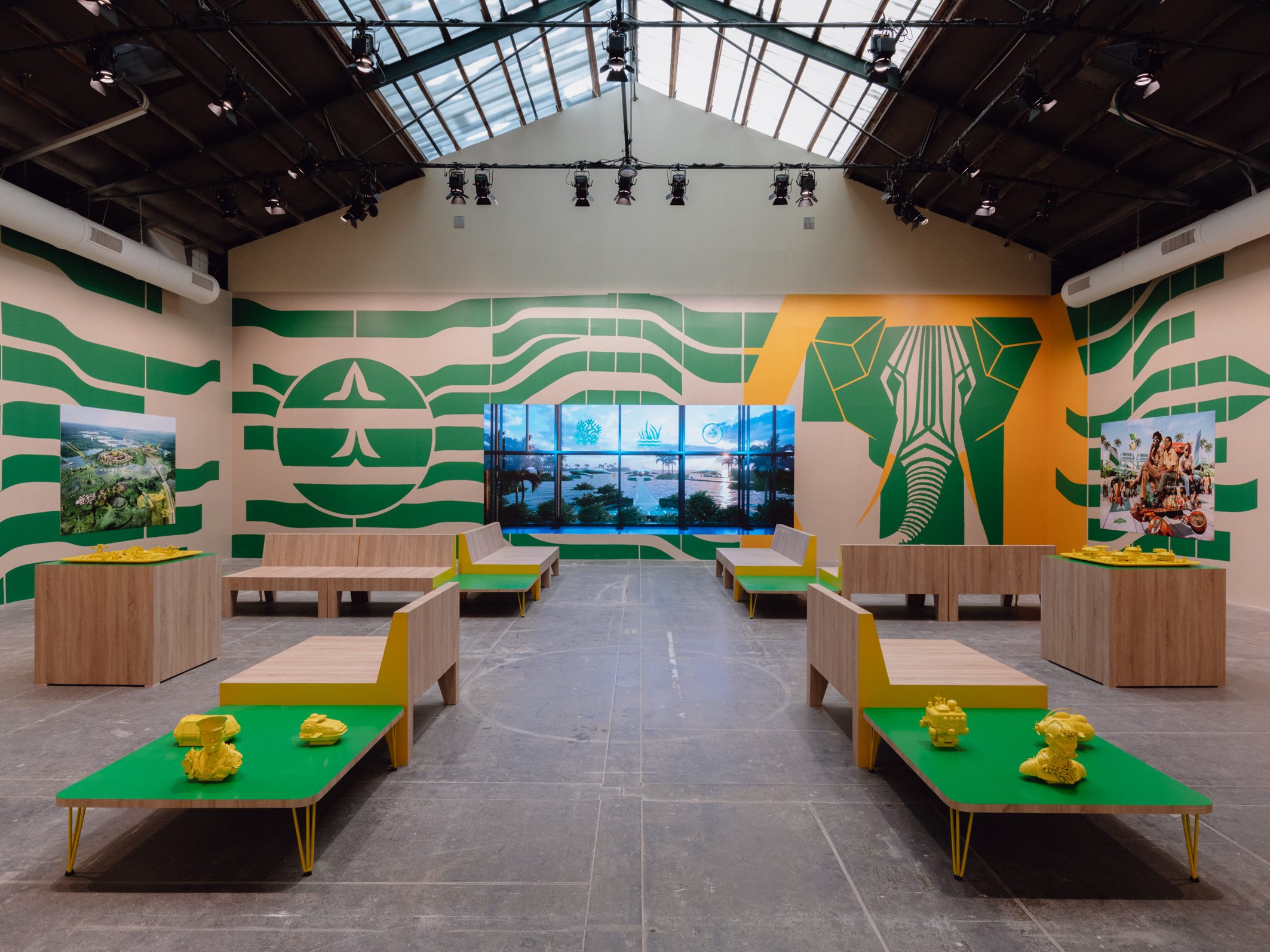
When 'The Laboratory of the Future' was announced as the 2023 Venice Architecture Biennale’s main theme, it brought with it enthusiasm and anticipation. No other biennale had tackled creativity and Africa in this way, and many of the participants had never exhibited at the renowned global showcase before. The result, born of curator Lesley Lokko's vision to put the continent of Africa in the spotlight does not disappoint. Opened in the Italian city on 20 May (and running till 26 November, so plan your Venice trip now), the 18th edition of La Biennale di Venezia's architecture exhibition delivers amply on its expectations, offering a mix of imagination, deep research and a sense of discovery, doing exactly what every international festival of its kind should – instigating conversation, widening the profession's horizons, and inviting more ideas, people and territories into its fold.
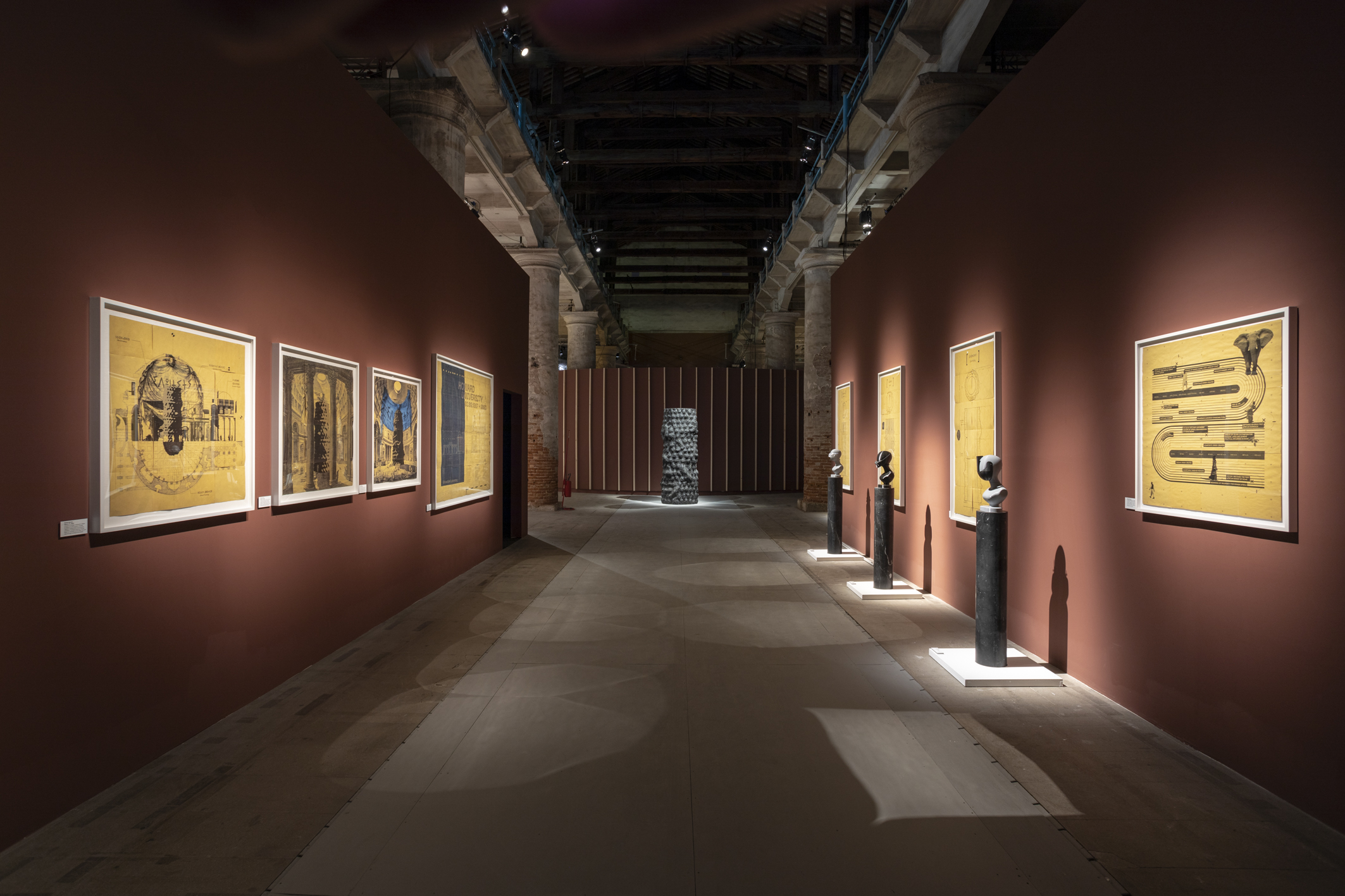
'Griot' by Studio Barnes
Venice Architecture Biennale 2023: ‘The Laboratory of the Future’
'The Laboratory of the Future' is, as per the biennale's usual arrangement for its main show, spread across two sites – the Arsenale's vast halls and exterior grounds, and the Giardini's generous Central Pavilion. Lokko's curation plays carefully on each location’s strengths, offering site-appropriate displays, as well as a curatorial rhythm that takes the visitor on a journey that blends intensity and respite; looks towards past, present and future; and includes 'traditional' architectural elements (models, drawings, maps) and pieces that appear more abstract, yet are no less powerful or informative.
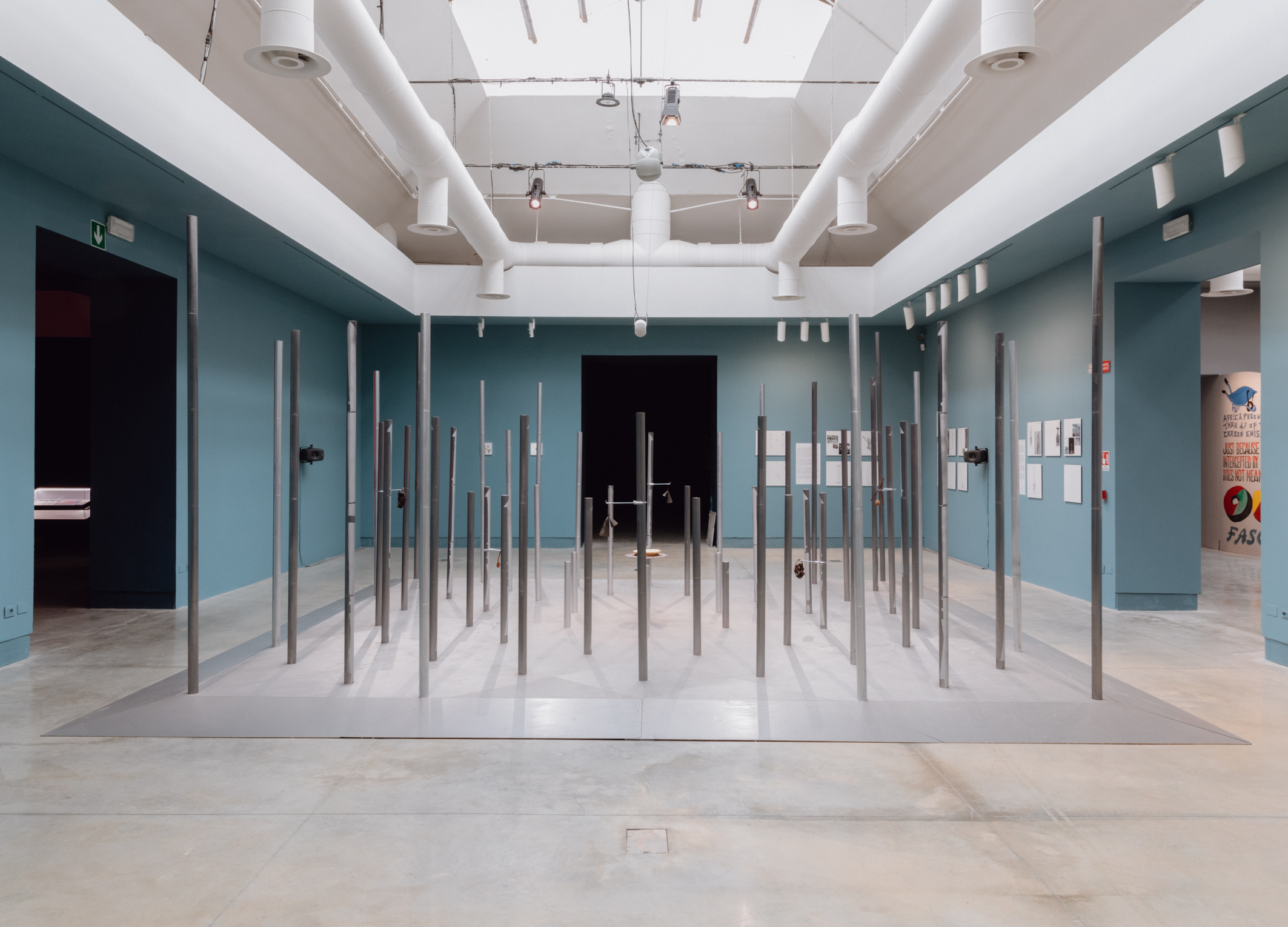
Sumayya Vally and Moad Musbahi's 'The African Post Office'
The curatorial team smartly calculated a pace that caters to the visitor's need for occasional pause and addresses the biennale exhibition's large scale and nature, while working with 89 contributors this year (a healthy number – for context, the 2018 Yvonne Farrell and Shelley McNamara-curated biennale had 71 entries, and the 2016 one by Alejandro Aravena had 88). True to its bid to offer a platform to under-represented groups and in particular populations related to the continent, over half of the participants are from Africa or the African Diaspora; the overall gender balance is 50/50; and most of the studios taking part are small ones – no big starchitecture or corporate practices here.
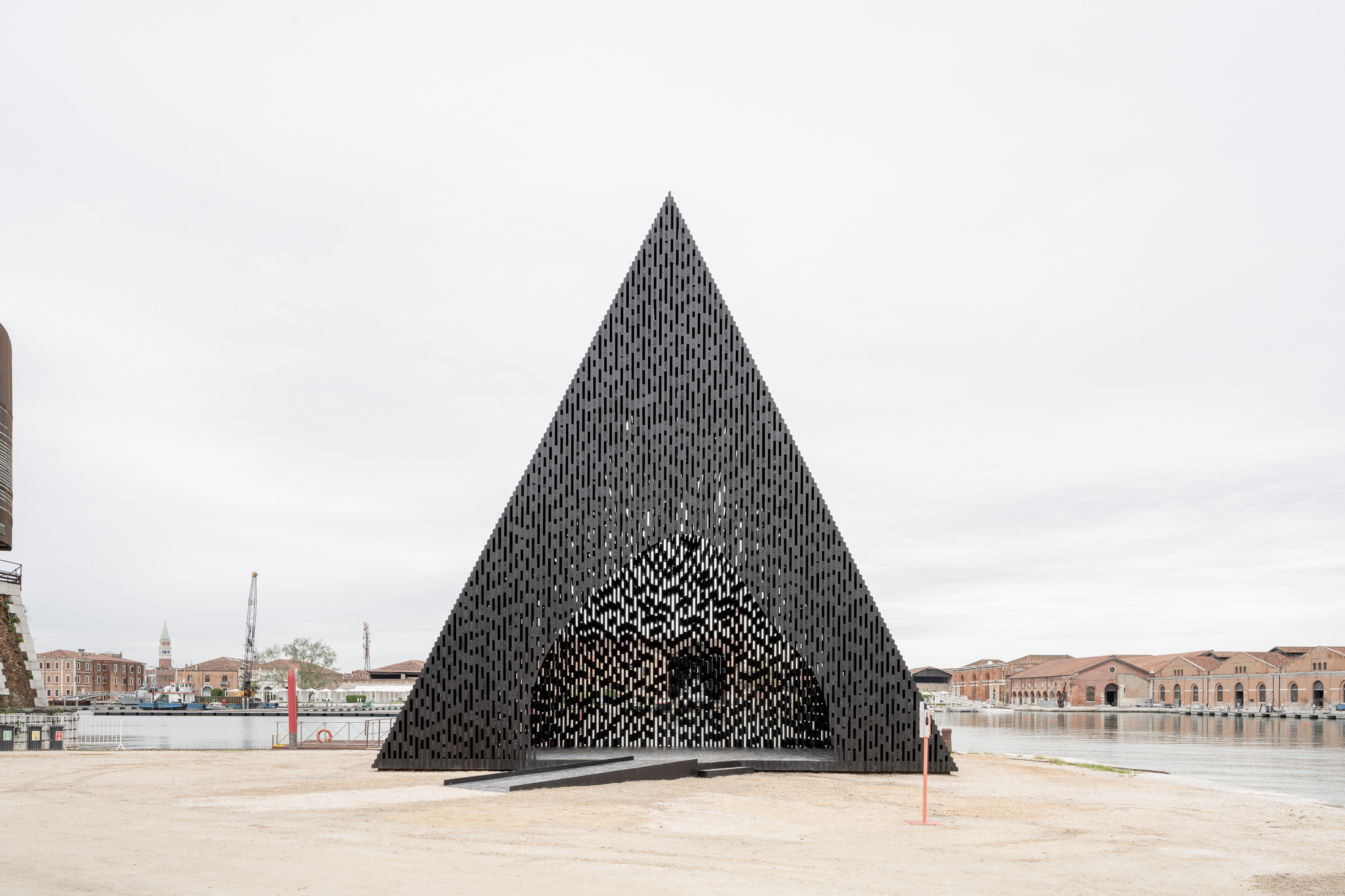
Adjaye Associates' 'Kwaeε'
Underscoring that something well begun is half done, the entry and initial sequences to both the Arsenale and Giardini sites feel impactful, engaging and set the scene well for what's to come. The former launches with a captivating video piece by artist and poet Rhael 'LionHeart' Cape greeting visitors, followed by striking drawings and sculpture by Germane Barnes, of Studio Barnes, that examine Western notions of classical antiquity and the idea of a column. Similarly, the Central Pavilion also kicks off with film, this time by David Adjaye – while a room off it, full of large-scale, impressively detailed and immaculately executed architectural models of various new and ongoing projects by the practice, complements the moving image (more models and a life-size pavilion by Adjaye and his team can be found at the Arsenale).
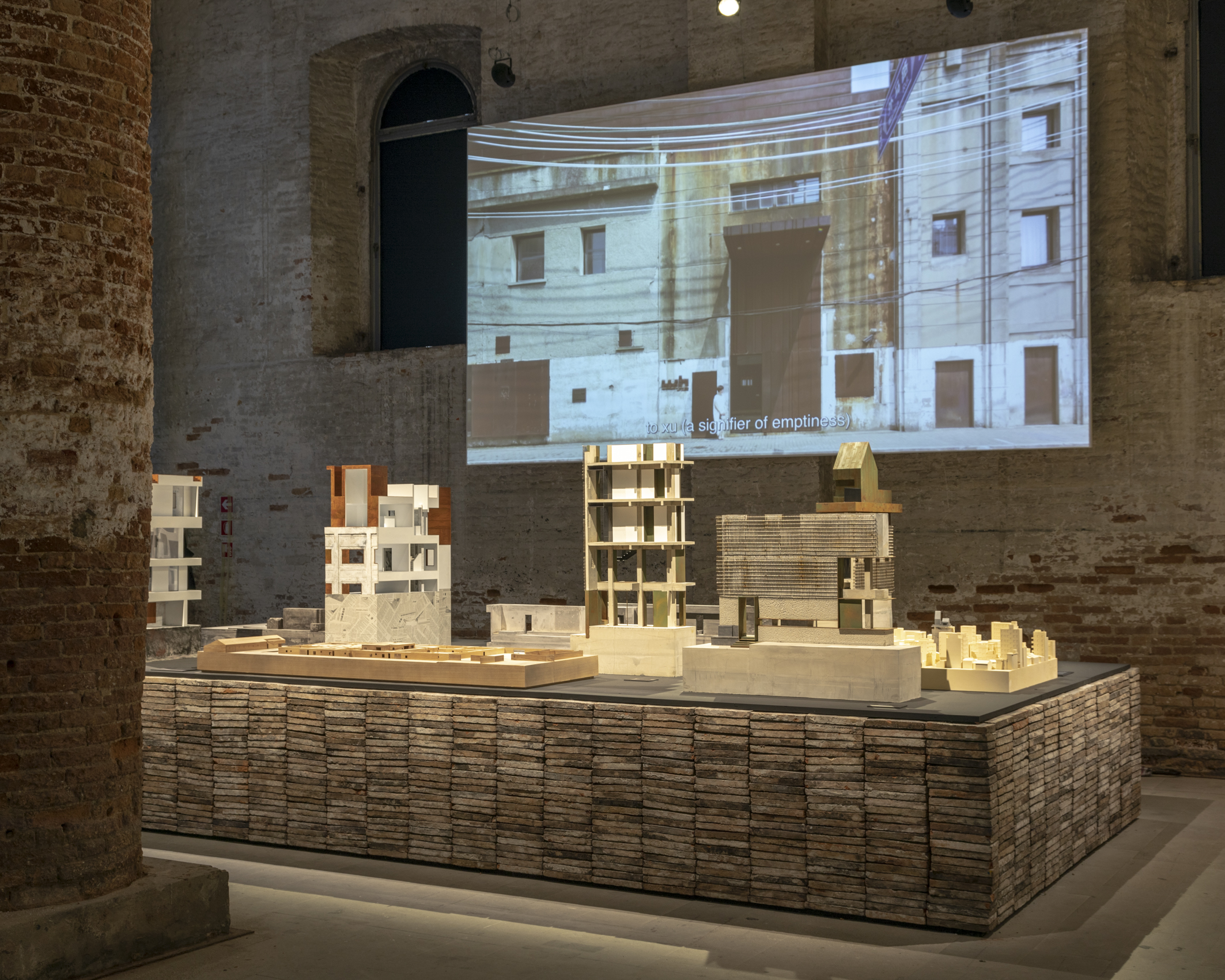
Neri&Hu Design and Research Office's 'Liminality'
Lokko's show comprises six sections, all of which have impressively obtained a sustainability credential, flagging the importance of rethinking the festival model towards a more environmentally friendly future. In Giardini, there's 'Force Majeure', which looks at 16 key practices of African or Diasporic identity – alongside Adjaye, it includes Cote D'Ivoire's Koffi & Diabaté, Berlin-based Burkinabé Kéré Architecture, and South Africa's Sumayya Vally's Counterspace. Most of these are well-known names that have graced the pages of global publications for years and have lots of completed work under their belt. Here, they flex their creative muscle to Lokko's theme – some putting a spotlight on their ongoing work, and some crafting new pieces inspired by the biennale.
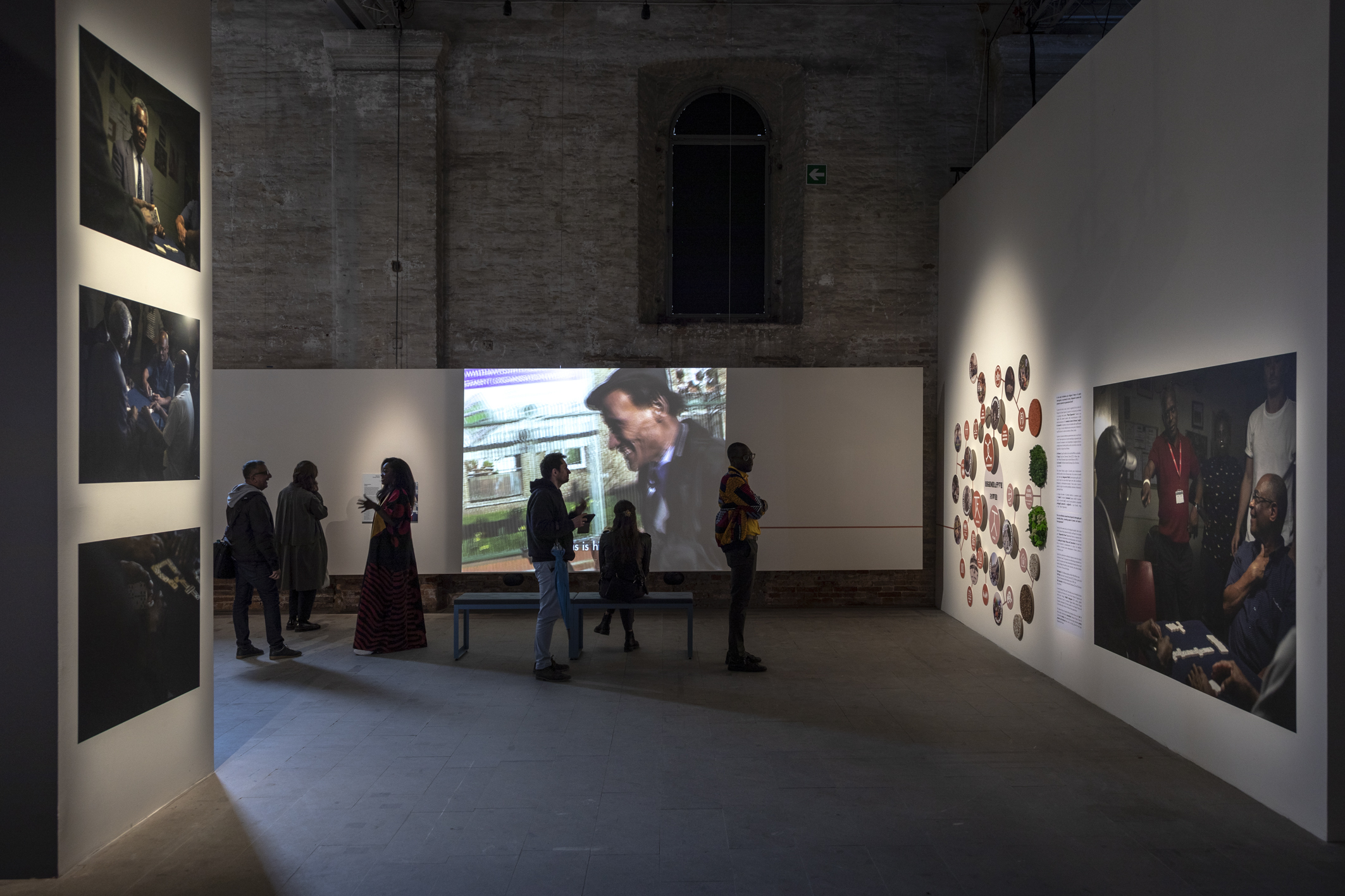
Gbolade Design Studio's 'Regenerative Power'
Artist Olalekan Jeyifous' installation, a room set up as the model 'All-Africa Protoport (AAP)', offers a glimpse into a potential future: a travel complex built on and pioneering Indigenous African renewable energy and green technologies. It won the Silver Lion for a promising young participant in the 18th biennale. RCA tutor, architectural designer and researcher Thandi Loewenson's 'The Uhuru Catalogues', a series of large-scale drawings etched into graphite blocks, is also here, examining geopolitical context and powers on Earth alongside ways of seeing the universe. It was awarded a special mention (alongside two more displays, by Twenty Nine Studio and Sammy Baloji, and Wolff Architects respectively).
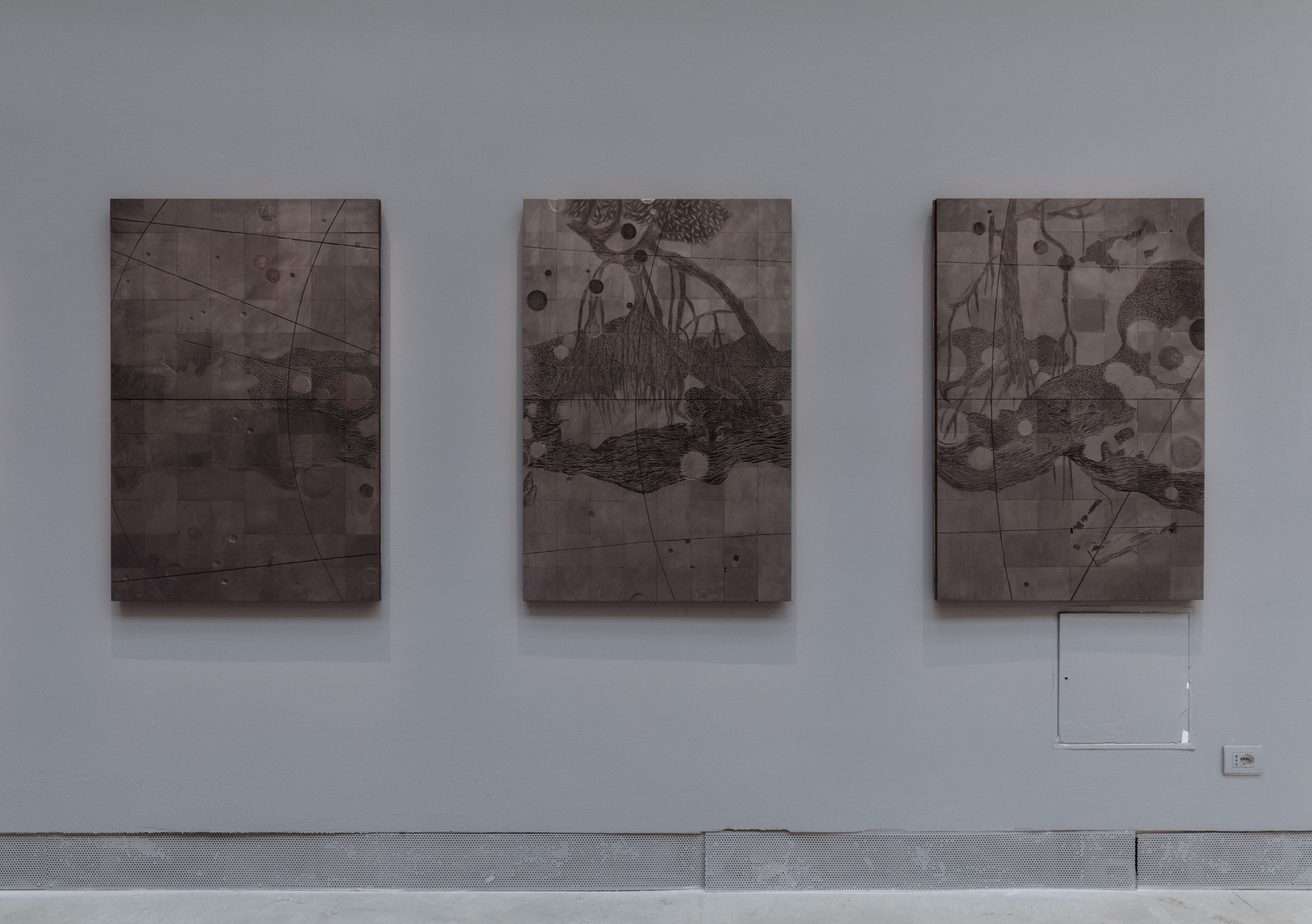
Thandi Loewenson's 'The Uhuru Catalogues'
At the Arsenale, 'Dangerous Liaisons' looks at works that blur the boundaries between architecture and other disciplines. These span from Flores & Pratts' roomful of models and Neri & Hu's explorations on liminality (a couple of the more conventional biennale rooms, where building projects take centre stage), to Gbolade Design Studio's deep dive into the game of dominoes and its role in the South London Windrush generation communities.
Receive our daily digest of inspiration, escapism and design stories from around the world direct to your inbox.
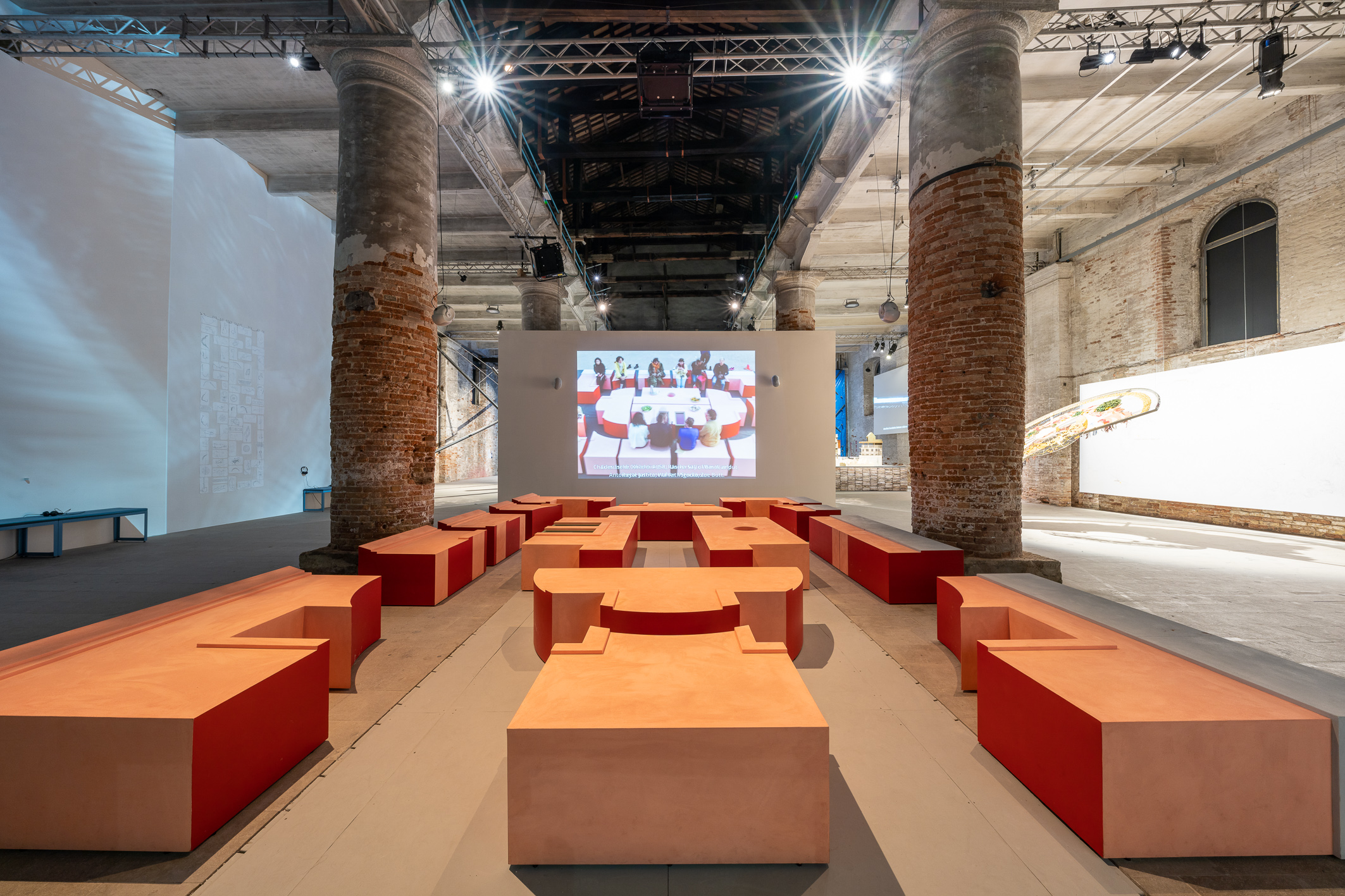
DAAR – Alessandro Petti and Sandi Hila's 'Ente di Decolonizzazione – Borgo Rizza'
Meanwhile, the 'Curator’s Special Projects' span topics including sustainability, gender and memory, as well as emerging practitioners. 'Guests from the Future' represents younger practitioners breaking into the scene with strong theses and captivating visuals. The work is rich and extremely varied, from London-based community Black Females in Architecture, to the mesmerising tapestries of architecture student Arinjoy Sen (created in collaboration with Indian craftspeople), Juergen Strohmayer and Glenn DeRoché's Surf Ghana Collective building, and the sculptures of artist Ibiye Camp. It underlines once more Lokko's intent on flagging new points of view and offering a platform to those who often don't have one at the biennale.
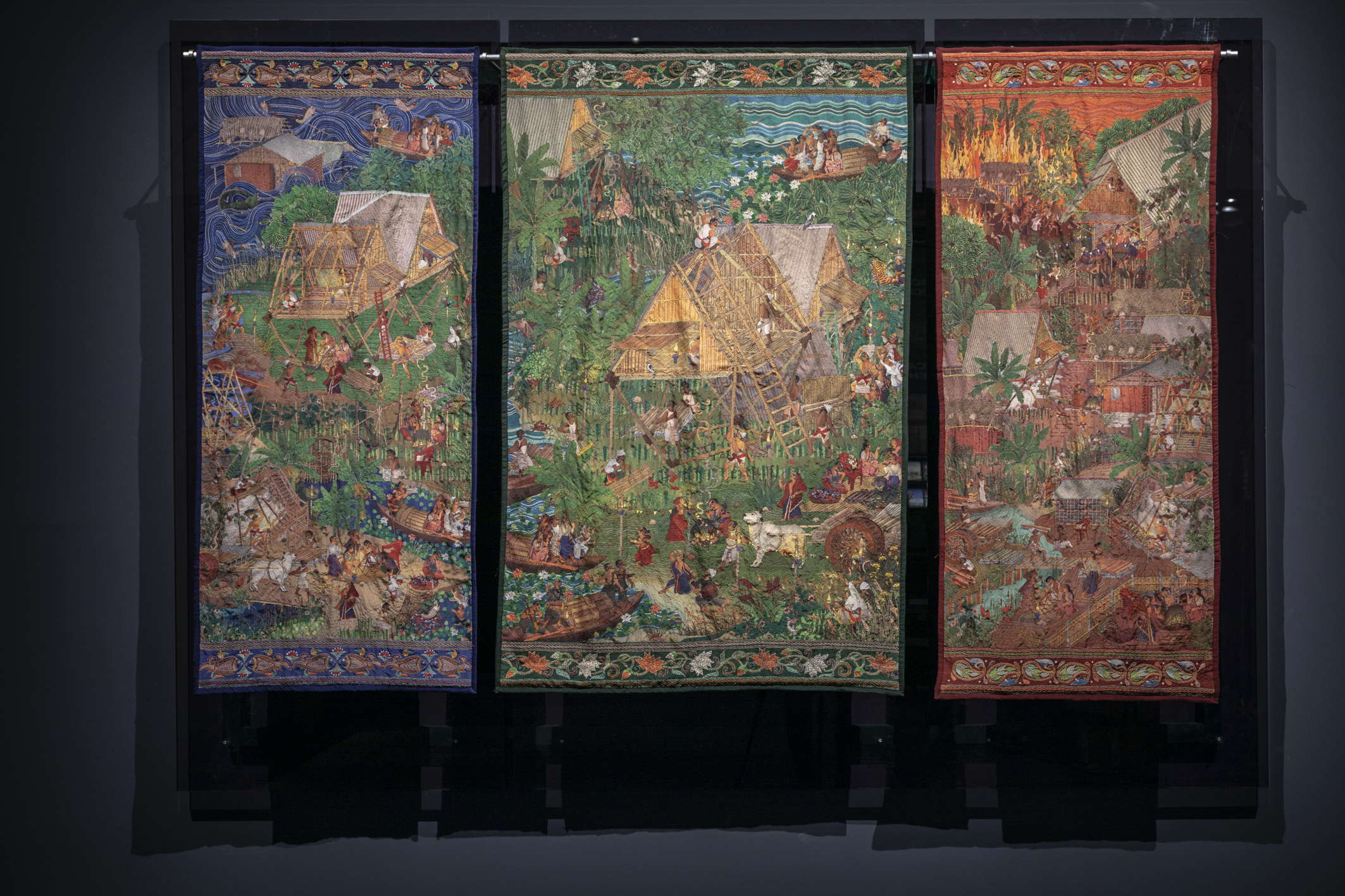
Arinjoy Sen's 'Bengali Song'
While the opening celebrations are now behind us, there is more to come, keeping up the pace and interest around the 2023 Venice Architecture Biennale's themes. Launching for the first time, the Biennale College Architettura will run from 25 June to 22 July 2023, and throughout its duration, 15 renowned international tutors – such as Marina Otero, Nana Biamah-Ofosu, Sarah de Villiers and Manijeh Verghese – will work with 50 students, early-career practitioners and academics from around the world during a four-week teaching programme.
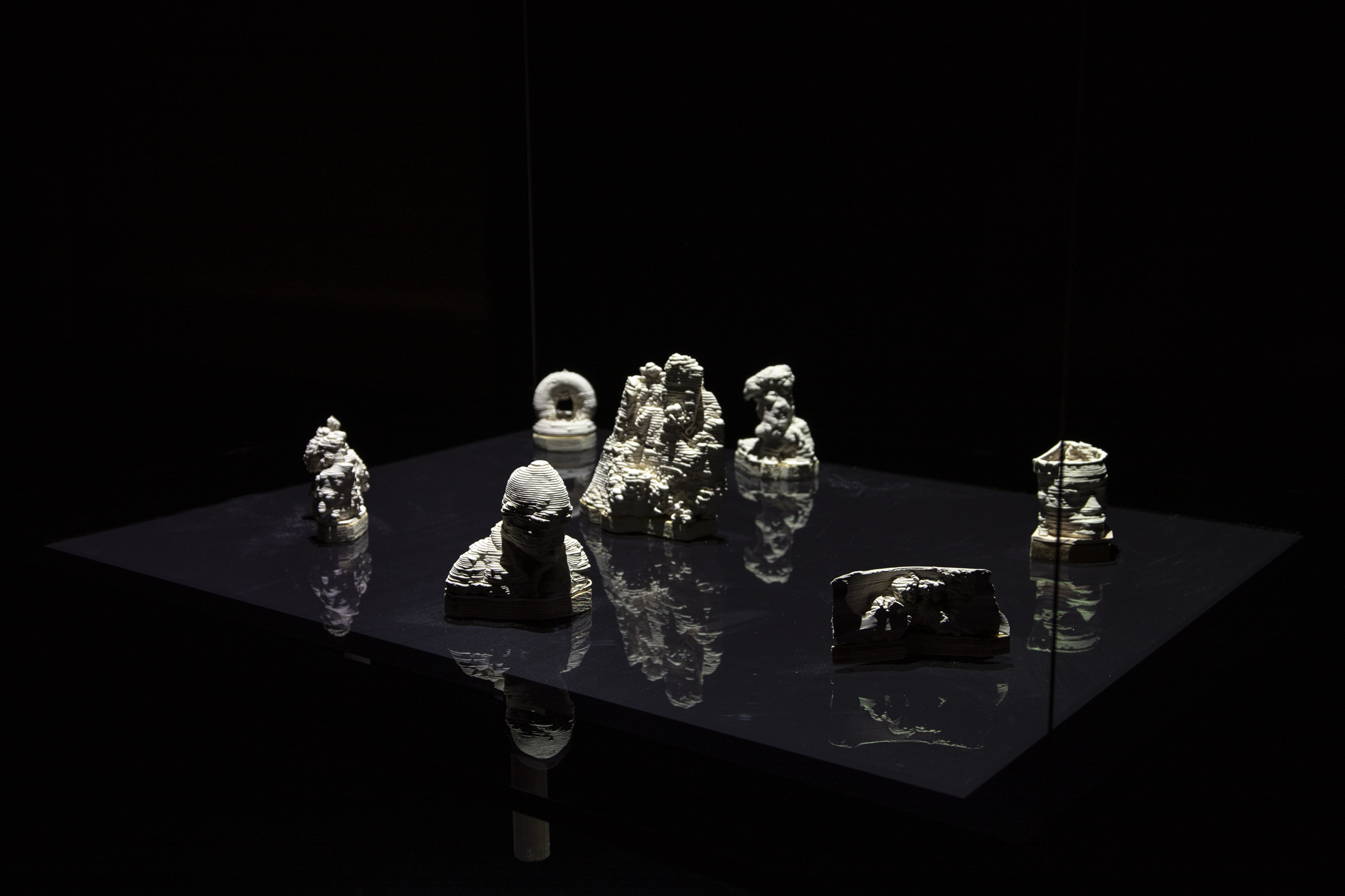
Ibiye Camp's ‘Rebellious Copies’
Meanwhile, a new Venice Architecture Biennale feature titled 'Carnival', including lectures, discussions, film and performances, will accompany the displays, seen by the curatorial team as crucial in drawing in the public and enhancing the dialogue between architecture and the world.
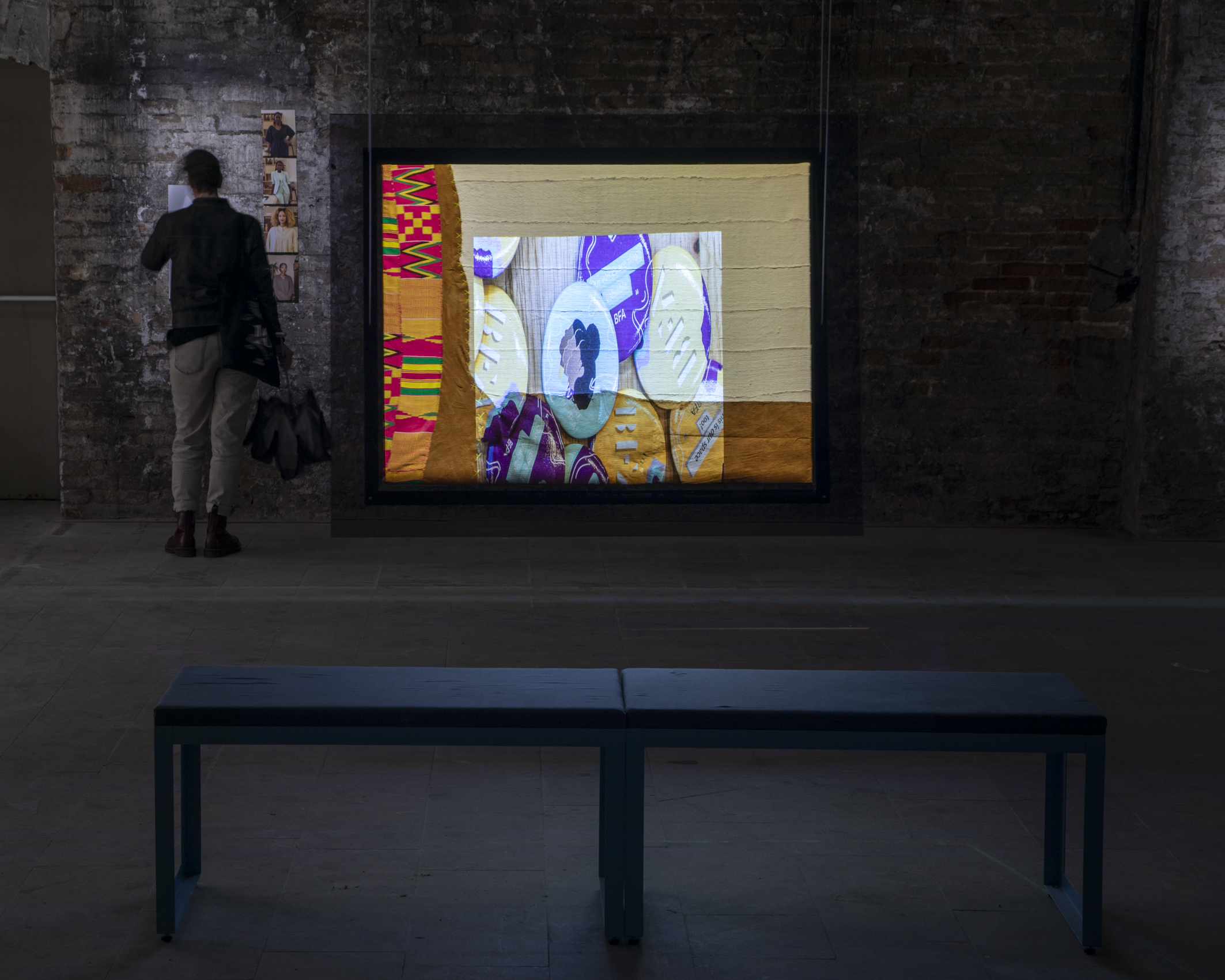
Black Females in Architecture
Lokko described the biennale as 'an agent of change', saying that in architecture, the dominant voice has historically been from one perspective only, and ‘the “story” of architecture is therefore incomplete. Not wrong, but incomplete. It is in this context particularly that exhibitions matter.’
Through its uncovering of fresh perspective, challenge to existing systems and acceptance of multiple viewpoints, 'The Laboratory of the Future' is here to herald a much-needed shift in the architecture realm. It is a show that will no doubt be remembered for its talent and energy, as well as its thought-provoking content, a biennale that spearheads optimism and, hopefully, evolution.

Dream The Combine's 'afterimages'
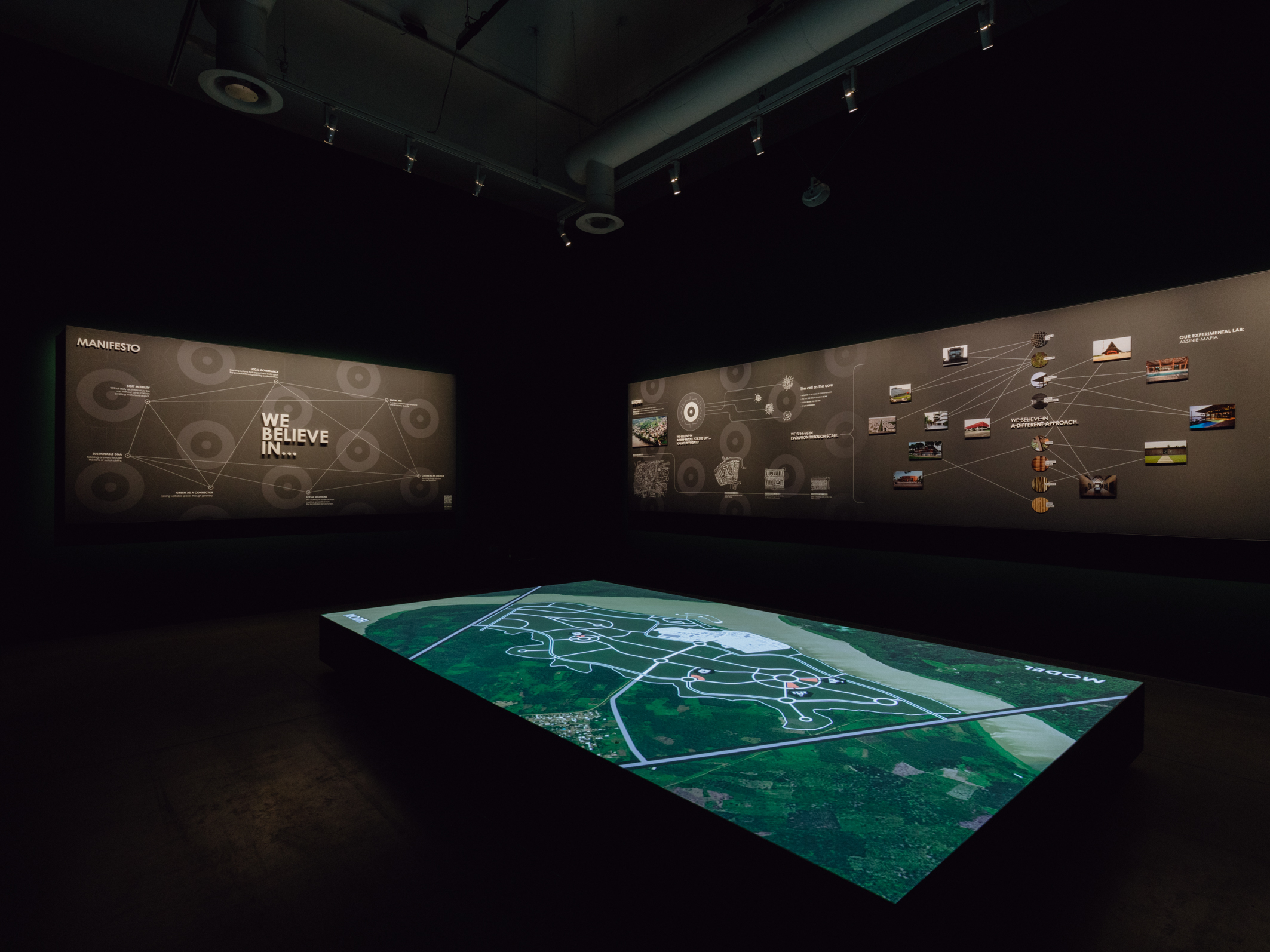
Koffi & Diabaté Architectes' 'Living Differently: Architecture, Scale and the New Core'
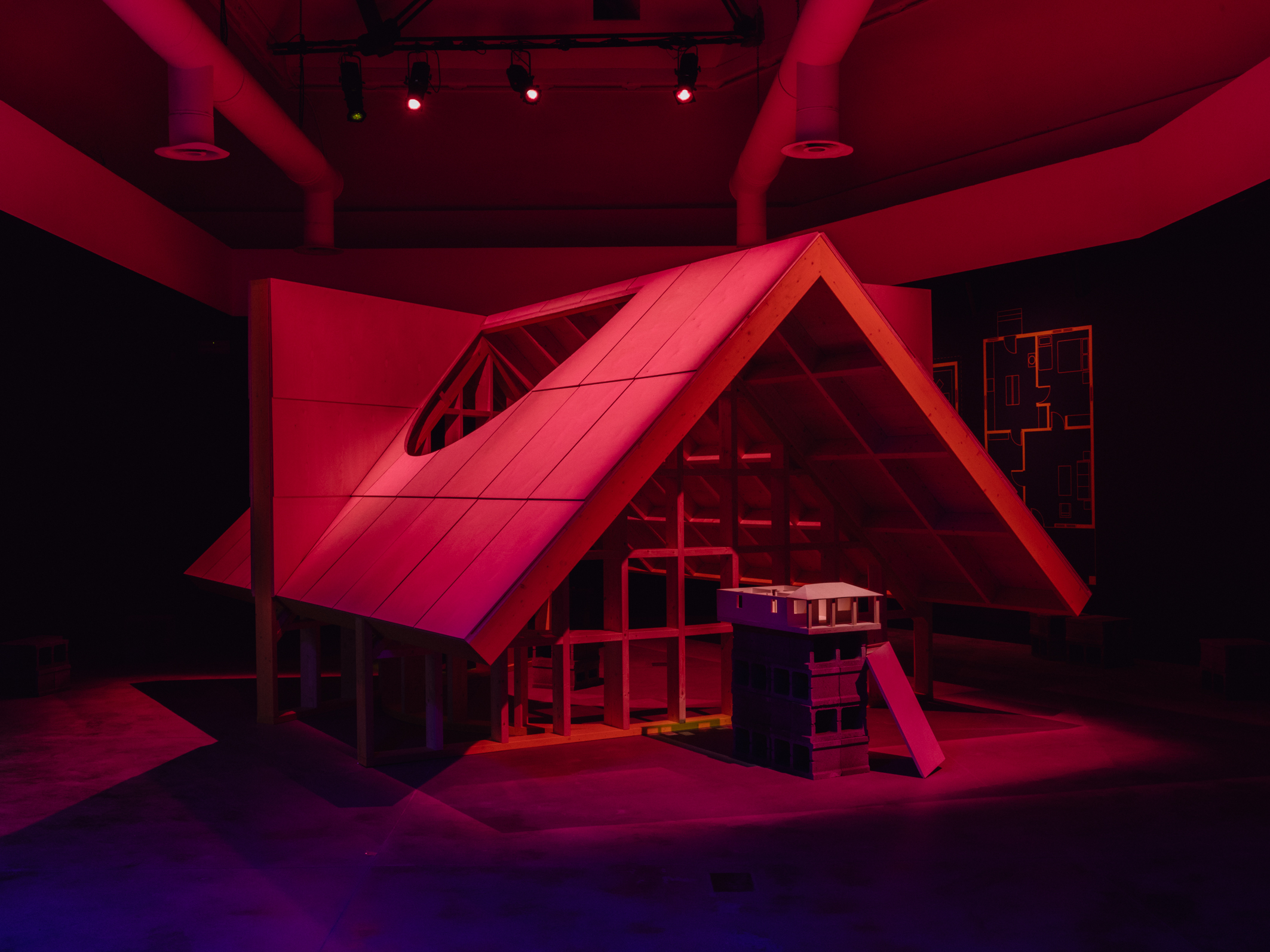
Studio Sean Canty's 'Edgar’s Sheds'
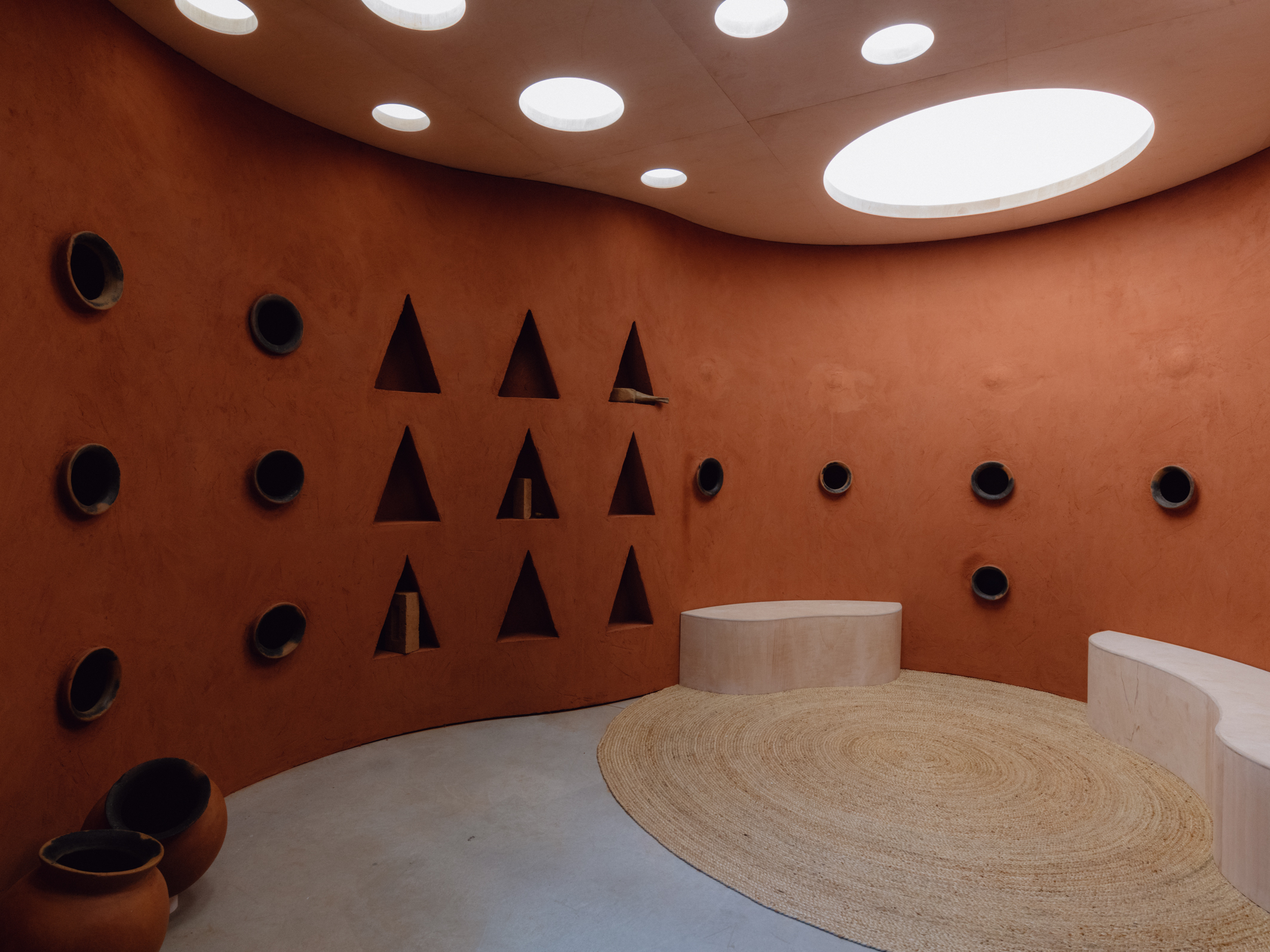
Kéré Architecture's 'Counteract'
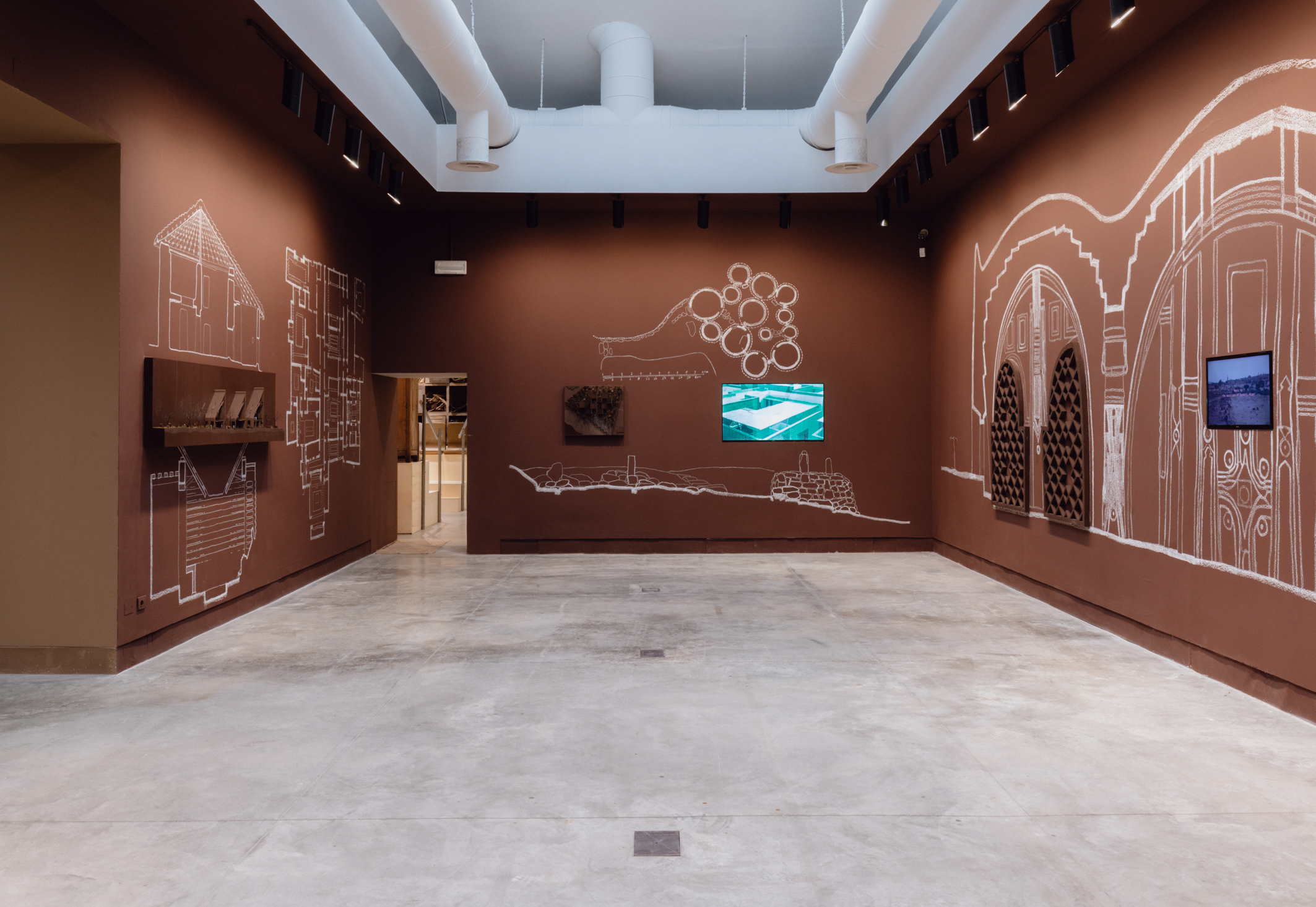
atelier masōmī's 'Process'
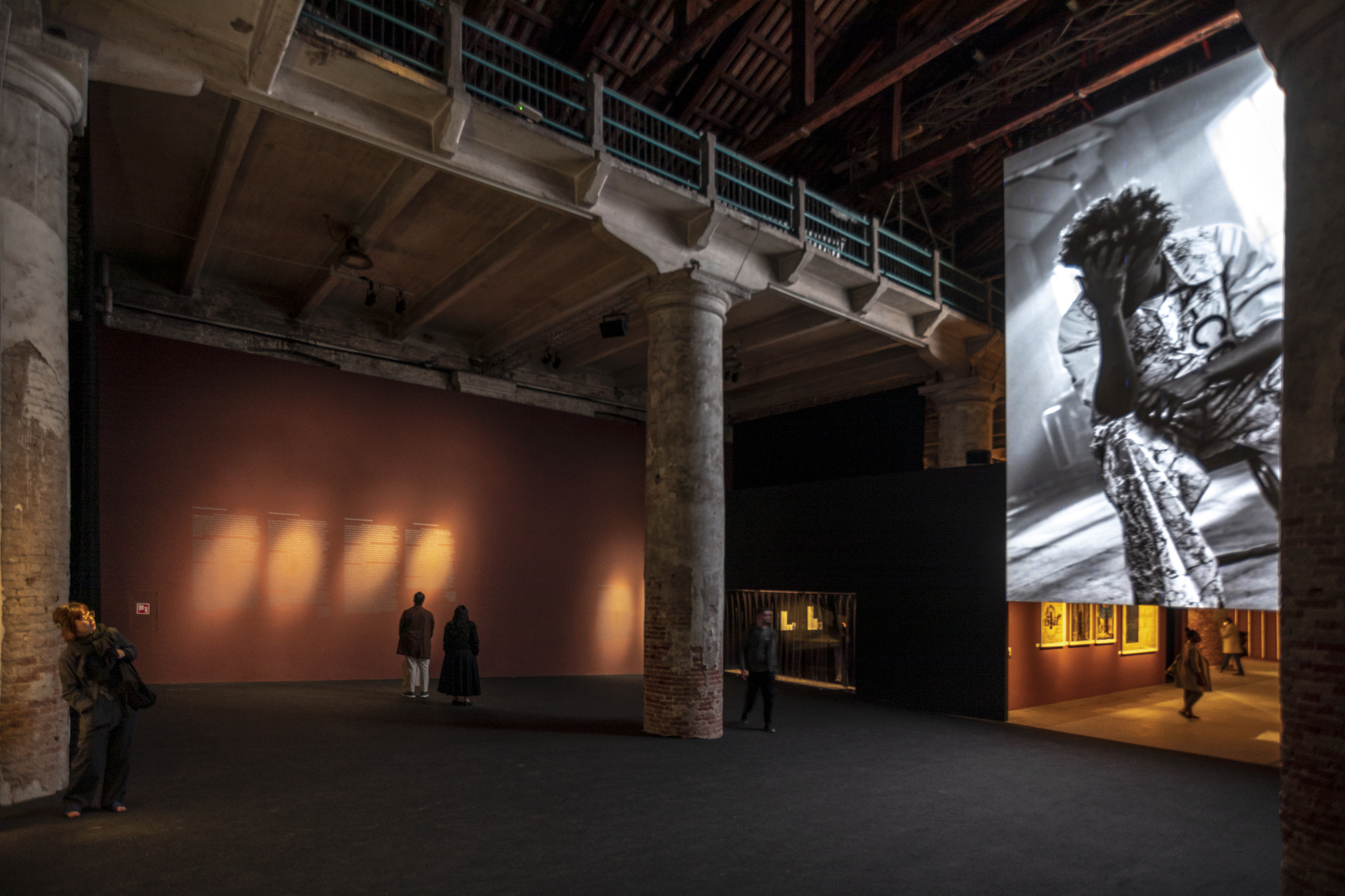
Rhael ‘LionHeart’ Cape's 'Those With Walls for Windows'
Ellie Stathaki is the Architecture & Environment Director at Wallpaper*. She trained as an architect at the Aristotle University of Thessaloniki in Greece and studied architectural history at the Bartlett in London. Now an established journalist, she has been a member of the Wallpaper* team since 2006, visiting buildings across the globe and interviewing leading architects such as Tadao Ando and Rem Koolhaas. Ellie has also taken part in judging panels, moderated events, curated shows and contributed in books, such as The Contemporary House (Thames & Hudson, 2018), Glenn Sestig Architecture Diary (2020) and House London (2022).
-
 Inside Christian de Portzamparc’s showstopping House of Dior Beijing: ‘sculptural, structural, alive’
Inside Christian de Portzamparc’s showstopping House of Dior Beijing: ‘sculptural, structural, alive’Daven Wu travels to Beijing to discover Dior’s dramatic new store, a vast temple to fashion that translates haute couture into architectural form
-
 A music player for the mindful, Sleevenote shuns streaming in favour of focused listening
A music player for the mindful, Sleevenote shuns streaming in favour of focused listeningDevised by musician Tom Vek, Sleevenote is a new music player that places artist intent and the lost art of record collecting at the forefront of the experience
-
 Take a tour of the 'architectural kingdom' of Japan
Take a tour of the 'architectural kingdom' of JapanJapan's Seto Inland Sea offers some of the finest architecture in the country – we tour its rich selection of contemporary buildings by some of the industry's biggest names
-
 Wang Shu and Lu Wenyu to curate the 2027 Venice Architecture Biennale
Wang Shu and Lu Wenyu to curate the 2027 Venice Architecture BiennaleChinese architects Wang Shu and Lu Wenyu have been revealed as the curators of the 2027 Venice Architecture Biennale
-
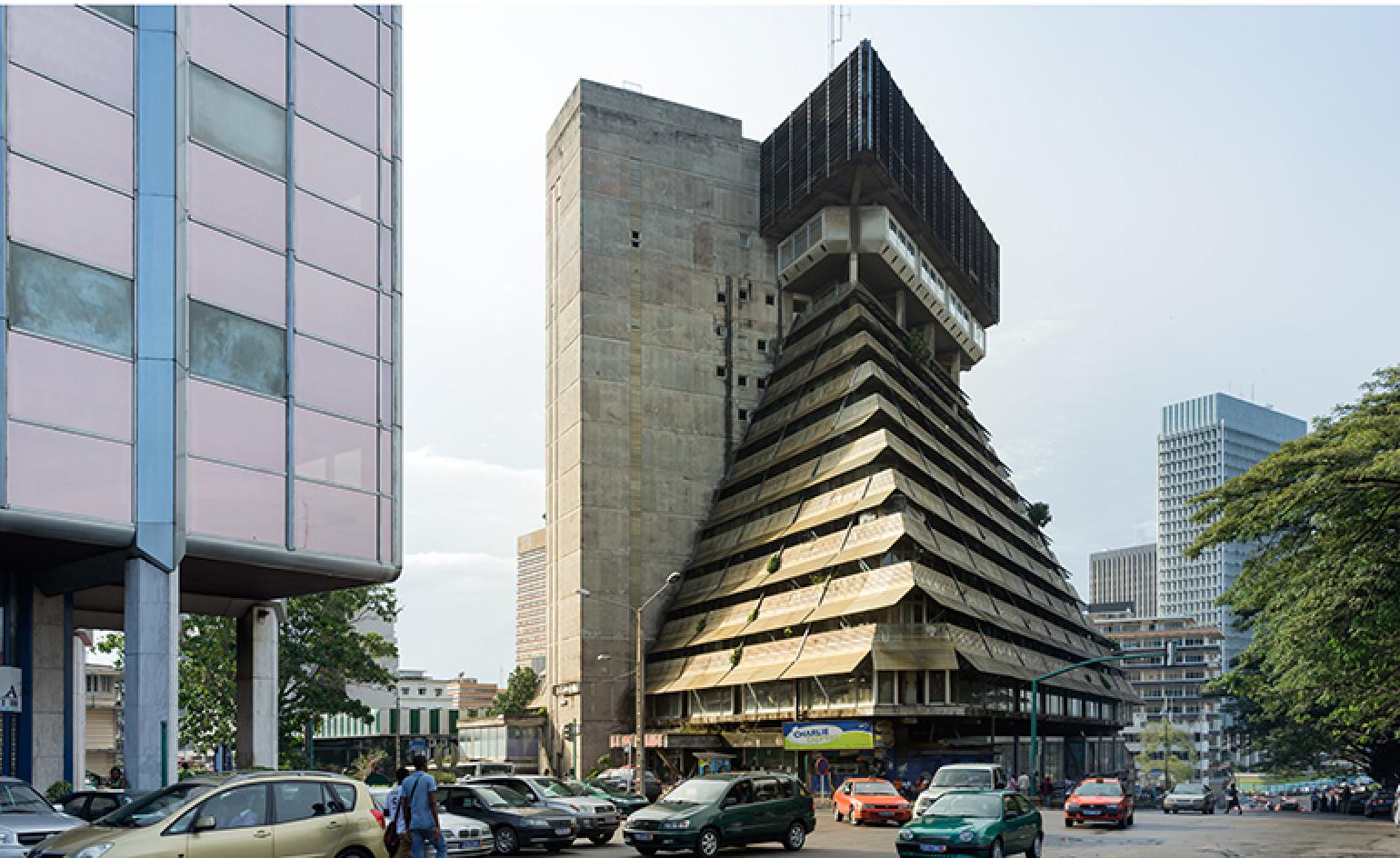 African brutalism explored: from bold experimentation to uncertain future
African brutalism explored: from bold experimentation to uncertain futureDiscover the complex and manifold legacies of brutalist architecture in Africa with writer and curator Fabiola Büchele
-
 Porsche and the Norman Foster Foundation rethink the future of mobility
Porsche and the Norman Foster Foundation rethink the future of mobilityA futuristic Venice transport hub, created with the Norman Foster Foundation for Porsche’s The Art of Dreams programme, is a star of the city’s Architecture Biennale
-
 Want to be a Venice pavilion commissioner? Bring ideas – and your Rolodex
Want to be a Venice pavilion commissioner? Bring ideas – and your RolodexThe impressive showings of the USA's Venice pavilion in the Giardini belie the ambitious fundraising efforts that underpin them. Past and present curators tell us how it works
-
 A mesmerising edition of The Dalmore Luminary Series is unveiled in Venice
A mesmerising edition of The Dalmore Luminary Series is unveiled in VeniceThe Dalmore Luminary Series sculpture No.3 by Ben Dobbin of Foster + Partners, co-curated by V&A Dundee, launches in Venice during the 2025 Architecture Biennale
-
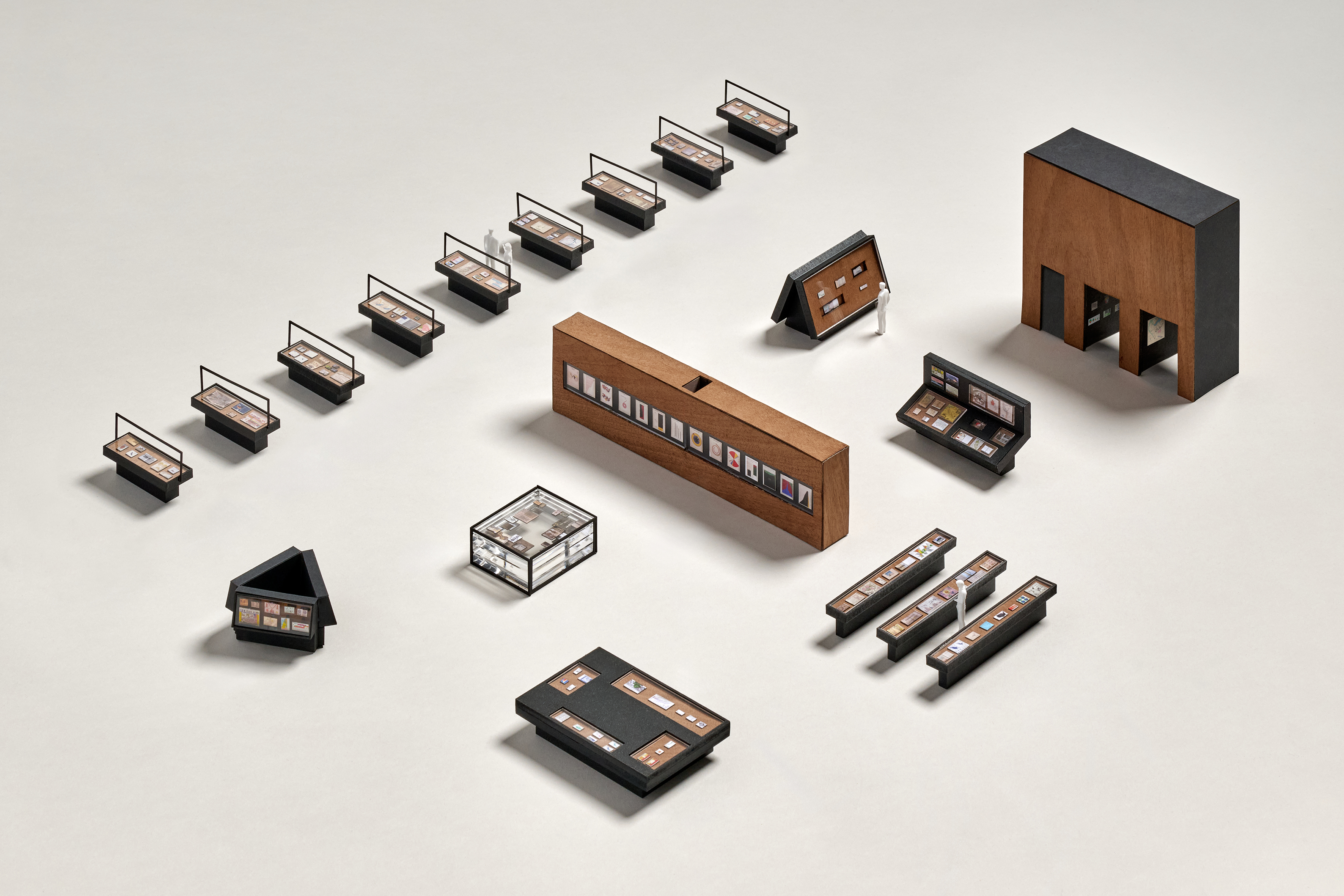 A love letter to the panache and beauty of diagrams: OMA/AMO at the Prada Foundation in Venice
A love letter to the panache and beauty of diagrams: OMA/AMO at the Prada Foundation in Venice‘Diagrams’, an exhibition by AMO/OMA, celebrates the powerful visual communication of data as a valuable tool of investigation; we toured the newly opened show in Venice’s Prada Foundation
-
 How was Carlo Ratti’s ‘Intelligens’? Wallpaper* editors discuss the 19th Venice Biennale
How was Carlo Ratti’s ‘Intelligens’? Wallpaper* editors discuss the 19th Venice BiennaleHaving visited ‘Intelligens’, the 19th Venice Biennale's main show by curator Carlo Ratti, the Wallpaper* editors discuss what they saw at the world's biggest global architecture festival
-
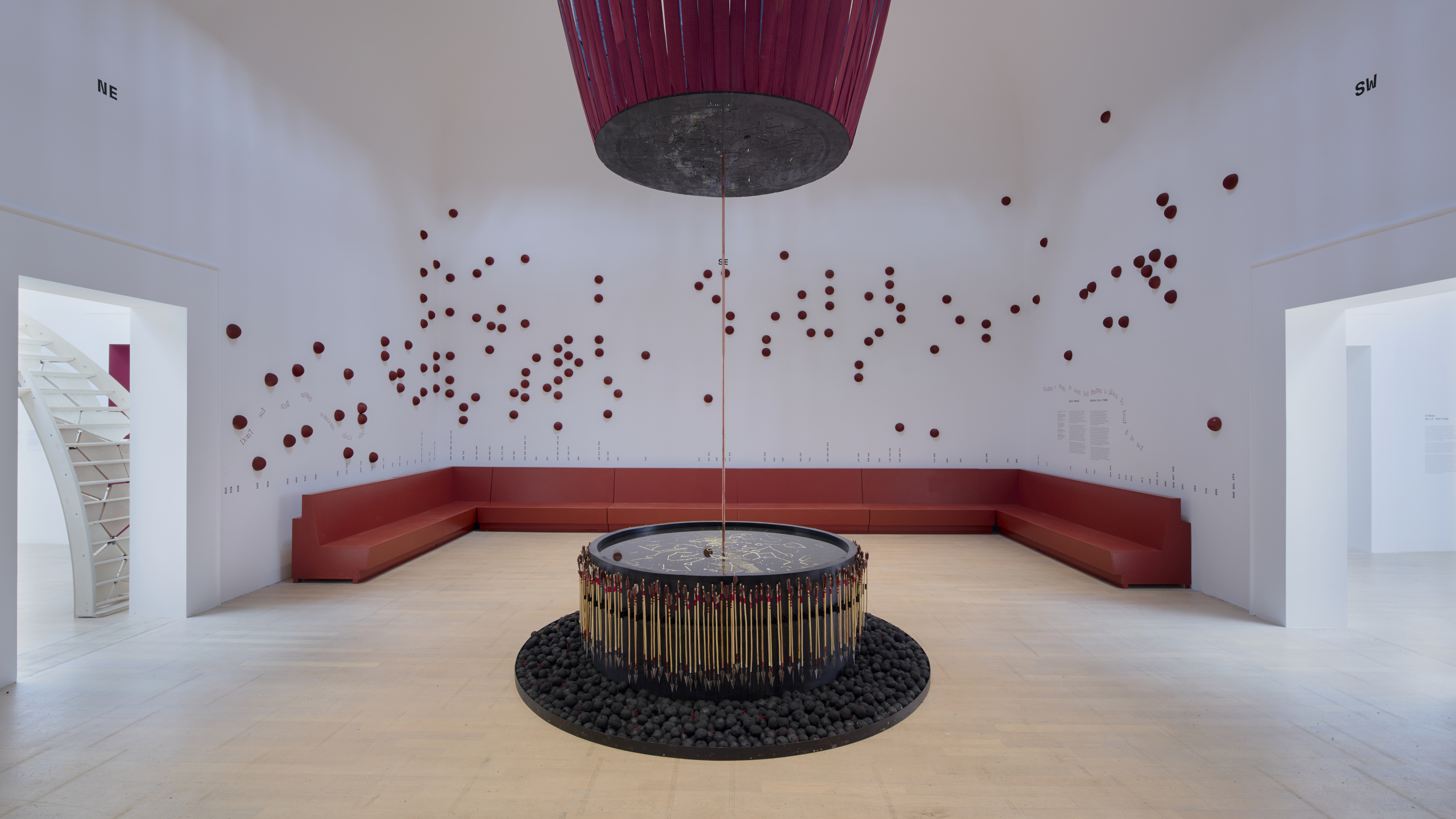 The 2025 British Pavilion in Venice offered up a Geology of Britannic Repair
The 2025 British Pavilion in Venice offered up a Geology of Britannic RepairThe 2025 British Pavilion in Venice is curated by an Anglo-Kenyan team of architects and designers; titled 'GBR: Geology of Britannic Repair', it explores the landscape of colonialism, its past, present and futures